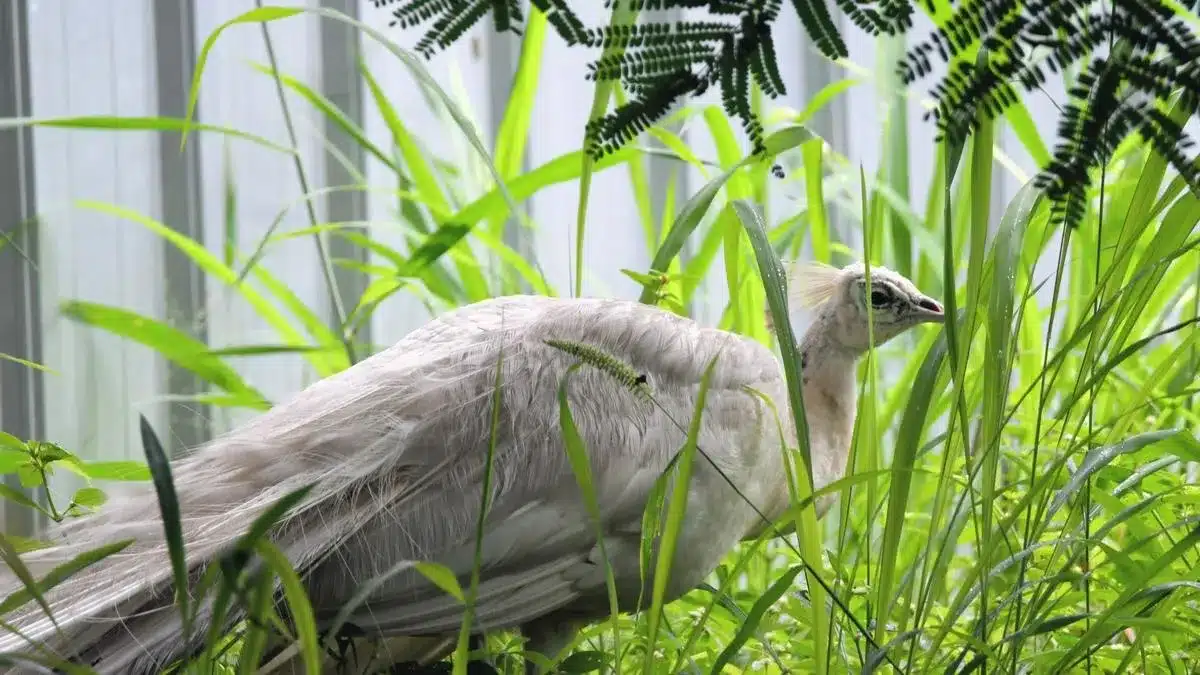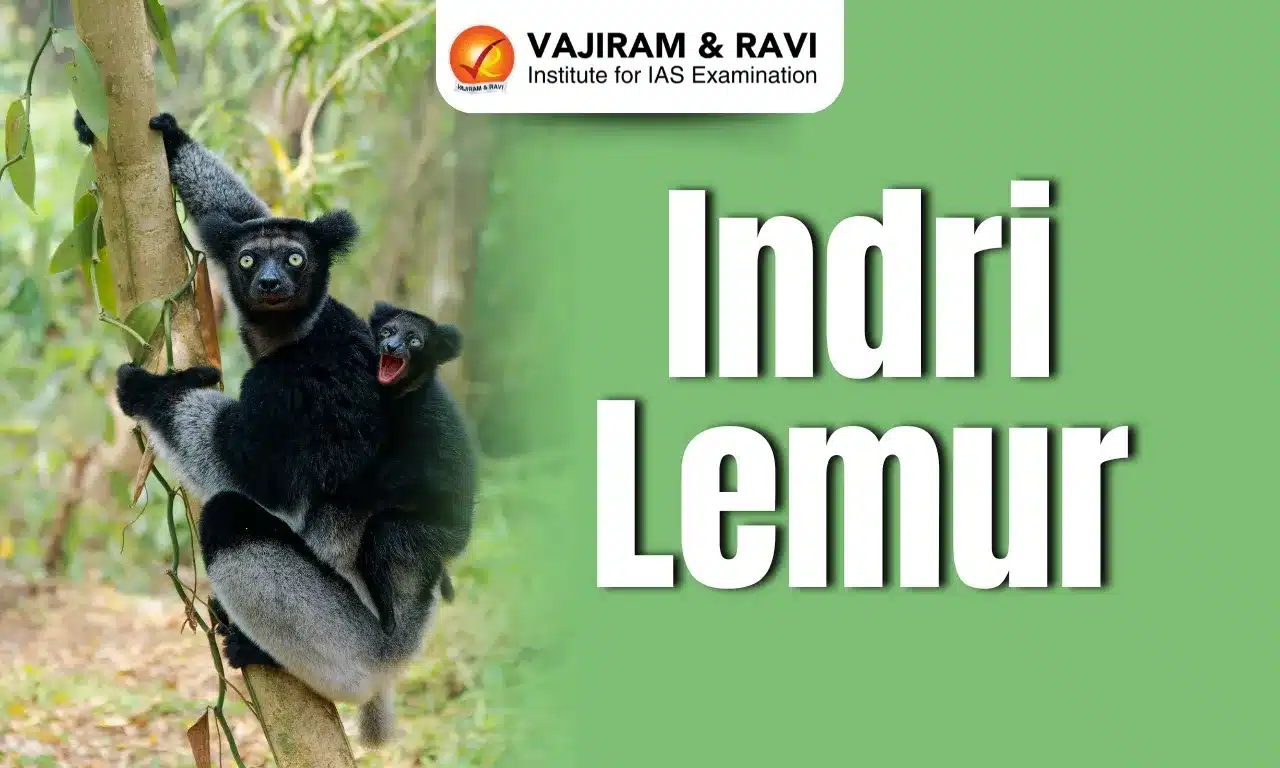About Leucism:
- It is an abnormal condition of reduced pigmentation affecting various animals (such as birds, mammals, and reptiles) that is marked by overall pale color or patches of reduced coloring.
- It is caused by a genetic mutation which inhibits melanin and other pigments from being deposited in feathers, hair, or skin.
- In birds, leucism affects only the bird’s feathers, this means they do not have the normal, classic plumage colors.
- They may have white patches where the bird should not have any, or their overall plumage may look pale or bleached out.
Albinism vs. Leucism:
- Albinism is a rare genetic mutation with a complete absence of (or very little) melanin production.
- Melanin is a natural pigment in the skin, hair, eyes, and even brain tissue.
- The type and amount of melanin in animals determine the colour of the skin, hair, and eyes.
- With the lack of melanin production, albinos have white or pinkish coloured skin and red eyes due to the underlying blood vessels showing through from behind the eyes.
- With leucism, there is only a partial loss of melanin production and/or distribution.
- The animal can have white or patchy coloured skin, hair, and/or feathers. The pigment cells in the eyes, legs, and bills of birds, however, are not affected.
Q1: What is a Gene?
A gene is the basic physical and functional unit of heredity. Genes are made up of DNA. Some genes act as instructions to make molecules called proteins, which are needed for the body to function. However, many genes do not code for proteins, instead they help control other genes.
Source: Rare ‘white’ peacock rescued in Coimbatore; to be treated for leg injury
Last updated on July, 2025
→ UPSC Notification 2025 was released on 22nd January 2025.
→ UPSC Prelims Result 2025 is out now for the CSE held on 25 May 2025.
→ UPSC Prelims Question Paper 2025 and Unofficial Prelims Answer Key 2025 are available now.
→ UPSC Calendar 2026 is released on 15th May, 2025.
→ The UPSC Vacancy 2025 were released 1129, out of which 979 were for UPSC CSE and remaining 150 are for UPSC IFoS.
→ UPSC Mains 2025 will be conducted on 22nd August 2025.
→ UPSC Prelims 2026 will be conducted on 24th May, 2026 & UPSC Mains 2026 will be conducted on 21st August 2026.
→ The UPSC Selection Process is of 3 stages-Prelims, Mains and Interview.
→ UPSC Result 2024 is released with latest UPSC Marksheet 2024. Check Now!
→ UPSC Toppers List 2024 is released now. Shakti Dubey is UPSC AIR 1 2024 Topper.
→ Also check Best IAS Coaching in Delhi















